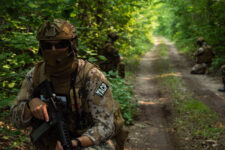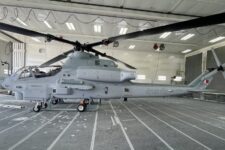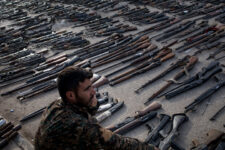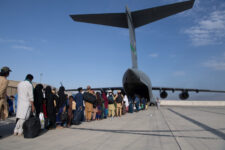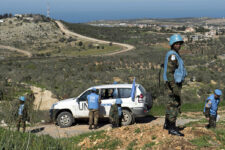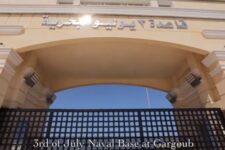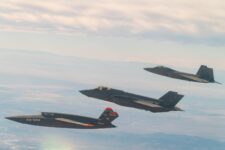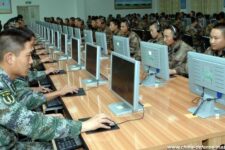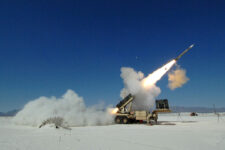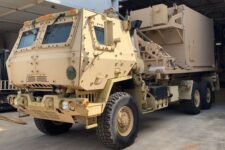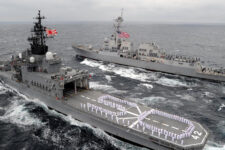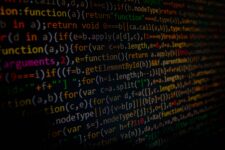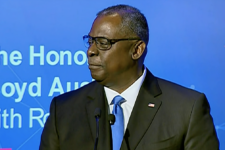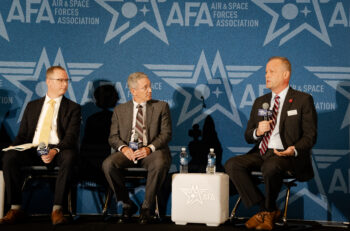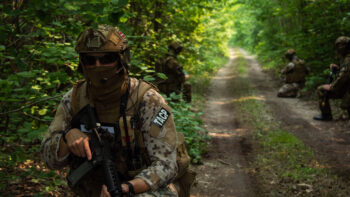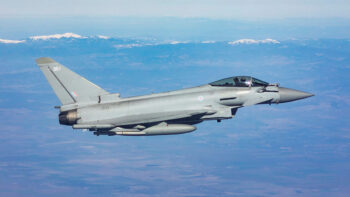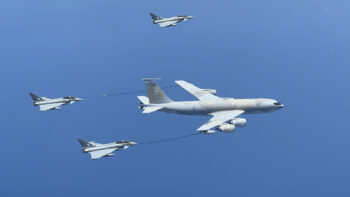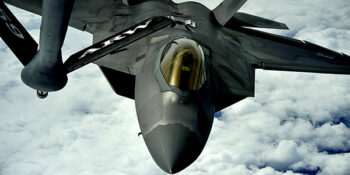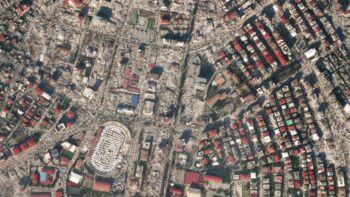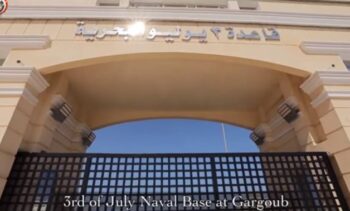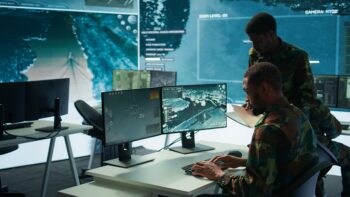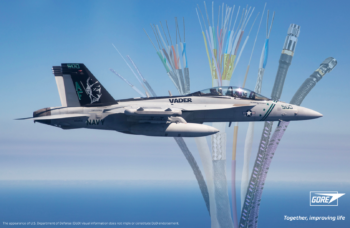
UNITED NATIONS: Iran’s charm offensive this week at the UN was spectacular. Iran went from being hardline and cantankerous to open and cooperative. The rogue state personified by former President Mahmoud Ahmadinejad became the good world citizen under new President Hassan Rouhani. The change in tone since Rouhani took office in August has been so quick and so stark that one might be forgiven for thinking that winning guarantees Iran will not seek nuclear weapons will be a snap from here on in. Indeed, Rouhani and US President Barack Obama spoke by phone on Friday, the most direct contact by a US president with an Iranian president since the Islamic Revolution in 1979.
But wait. The hard work remains to be done. If the past decade of fruitless negotiations on Iran’s nuclear program tells us anything, it is that hope raised by positive words can be dashed when the time comes to do something. Nothing concrete was decided at this week’s meeting of Iran with the six world powers negotiating with it. In fact, Iran and the six powers – Britain, China, France, Germany, Russia and the United States, the so-called P5+1 – spent little time on specifics. It was a getting-to-know-you gathering, the first in the new Rouhani era. Iranian Foreign Minister Javad Zarif proposed setting up a road map for resolving the nuclear crisis and said the issue should be resolved within a year. The two sides are to meet next month in Geneva, but at a lower level, that of foreign ministry political directors. Meanwhile, Rouhani said in a speech to the UN General Assembly that it was in his country’s interest to resolve the nuclear crisis.
The feel-good talk and modest moves are not without significance. This week’s meeting of Iran and the P5+1 was an unprecedently high-level formal contact between the United States and the Islamic Republic, exceeded only when the two presidents themselves spoke today. US Secretary of State John Kerry and Iranian Foreign Minister Zarif were their countries’ representatives in New York on Thursday, and they sat down for a half-hour-long bilateral after the meeting. A smiling Zarif, described by the Americans as “energetic,” proposed setting up a road map for resolving the nuclear crisis and said the issue should be settled within a year.
A more somber-looking John Kerry told reporters that “one meeting and a change in tone” does not answer questions about Iran’s nuclear work. Another senior US official said “the proof is in the pudding quite frankly, or the devil is in the details, whichever aphorism you want to use” for what comes next.
The main issue dividing the two sides is Iran’s program to enrich uranium, which can produce either reactor fuel or, if carried further, the explosive core of an atomic bomb. The United States wants Iran to cease medium-level enrichment, which produces uranium closer to weapon-grade, as a confidence-building measure. Iran, on the other hand, wants the first step to include lifting all sanctions against it, including banking and oil sanctions which have crippled the Iranian economy. Beyond this debate over first steps, there is an even greater issue. The United States wants Iran to suspend enrichment altogether as part of any final deal. That’s something Iran refuses to do, especially since it has over the past decade managed to build one huge and one smaller enrichment facility. The facts on the ground will be hard for the United States to dismiss at this point.
These and other differences have turned some dramatic diplomacy, including Iranian meetings with the P5+1 in Baghdad and Kazakhstan, into non-starters. What is new this time is that the two sides may manage not to be bound by proposals, which they read at each other like manifestos, but to achieve a level of pragmatism and amiability which will allow them to push polemic aside and hammer out a compromise.
Rouhani claims to have the full support of Iran’s Supreme Leader Ali Khameini, the real power in the Islamic Republic. The alternatives for the future are simple. Either the new dynamic displayed in New York will carry the day or diplomacy will prove to be stillborn, as it has in the past. The upcoming Geneva meeting, which may possibly include foreign ministers, should be the litmus test for this.
No service can fight on its own: JADC2 demands move from self-sufficiency to interdependency
Making all-domain operations a warfighting capability means integrating, fusing, and disseminating a sensor picture appropriate for a particular theater segment, not all of them, says the Mitchell Institute’s David Deptula.
